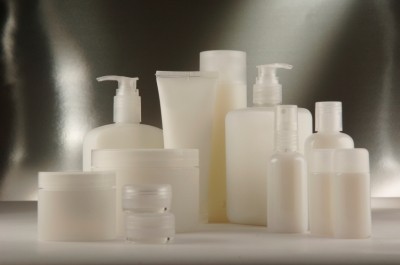'Misuse of science' a threat to the beauty industry

Ahead of next week's Cosmetics Europe Annual conference, we caught up with Lamoriello, who will be speaking at the event. This is the first part of the interview, the second can be found here.
The Cosmetics Europe Annual Conference, 13-14 June 2018, is a leading event in the European beauty industry calendar, and gathers expert speakers and industry professionals for a crucial knowledge-sharing opportunity.
Full details of the conference and how you can register can be found here.
What would you say are three of the major challenges currently facing the global beauty industry when it comes to regulation?
Perhaps the biggest challenge facing our industry, like so many others, is the politicization or misuse of science and unfortunately reliance on inaccurate science or flawed perceptions on which some public policy decisions are based.
Social media and the immediacy with which misinformation is spread via the Internet has exacerbated the problem, making it very difficult to effectively communicate about our products and all that companies do to ensure their safety.
I do believe that regulators around the world understand that cosmetics are among the safest of all consumer products, and our industry has, for decades, demonstrated the highest levels of commitment to safety.
But a significant concern is that public pressures from various sources are leading to the loss of ingredients that have a long safety record, posing challenges to formulators and regulators alike.
Take the example of preservatives, such as parabens, which have been safely used in cosmetic products (and food) for decades.
Parabens: a case study
Parabens are widely used as preservatives in cosmetic products to prevent bacteria and other microorganisms from growing.
Parabens contribute directly to the quality and integrity of the product and, more importantly, the safe use of that product by consumers.
Yet, misinformation continues to indict this core group of preservatives therefore shrinking the palate of ingredients that can be used.
Regulators, of course, are also interested to assure that products are preserved effectively and understand that industry needs to have options so that the best ingredients and methods are used in each specific case.
So we have a mutual interest to allow as broad a range of options as possible. But, we are all challenged by the flawed perceptions.
Environmental challenges
We have also seen, increasingly, challenges related to the environmental impact of cosmetic products and ingredients.
In some cases, the issues I raised above (misunderstanding of science) have contributed to concerns that our products and their ingredients are harmful to the environment.
So it is important that we be able to demonstrate scientifically how our products and ingredients are impacting the environment, and for the truth of that to be heard.
At the same time, cosmetic and personal care products companies demonstrate their environmental commitment through programs focused on recycling and packaging reduction, and energy and water conservation, just to name a few.
Many companies are conducting life cycle assessments to minimize the impact of their products and manufacturing operations while maintaining the quality of those personal care products that we have enjoyed and trusted to help us look and feel our best.
Do you have any thoughts on how we can move forward on these? What interesting developments/innovations have we been seeing?
Clearly, our industry needs to continue to offer consumers the safest, most innovative products possible. And, science advances every day.
But we also need to be actively involved in educating consumers and other stakeholders about fundamental scientific principles behind product safety.
We need to help consumers “break through the noise,” and to view information critically.
Consumers have a right to know what’s in their products but they also have a right to understand.
Accessible, transparent science & safety
At PCPC, we have been doing a lot in the area of education, such as with our science and safety consumer website, which is designed to allow us communicate complex information directly to consumers.
We have been using digital and online assets such YouTube videos, infographics, social channels and other platforms to communicate directly to those looking for information.
I think there may be more opportunities for industry and regulators to work together to communicate the facts to consumers, both proactively, and in cases where questions or concerns are raised.
For example, our industry participated with regulators in developing communications materials around the importance of product preservation, and addressing some of the questions that consumers may have in this area.






















